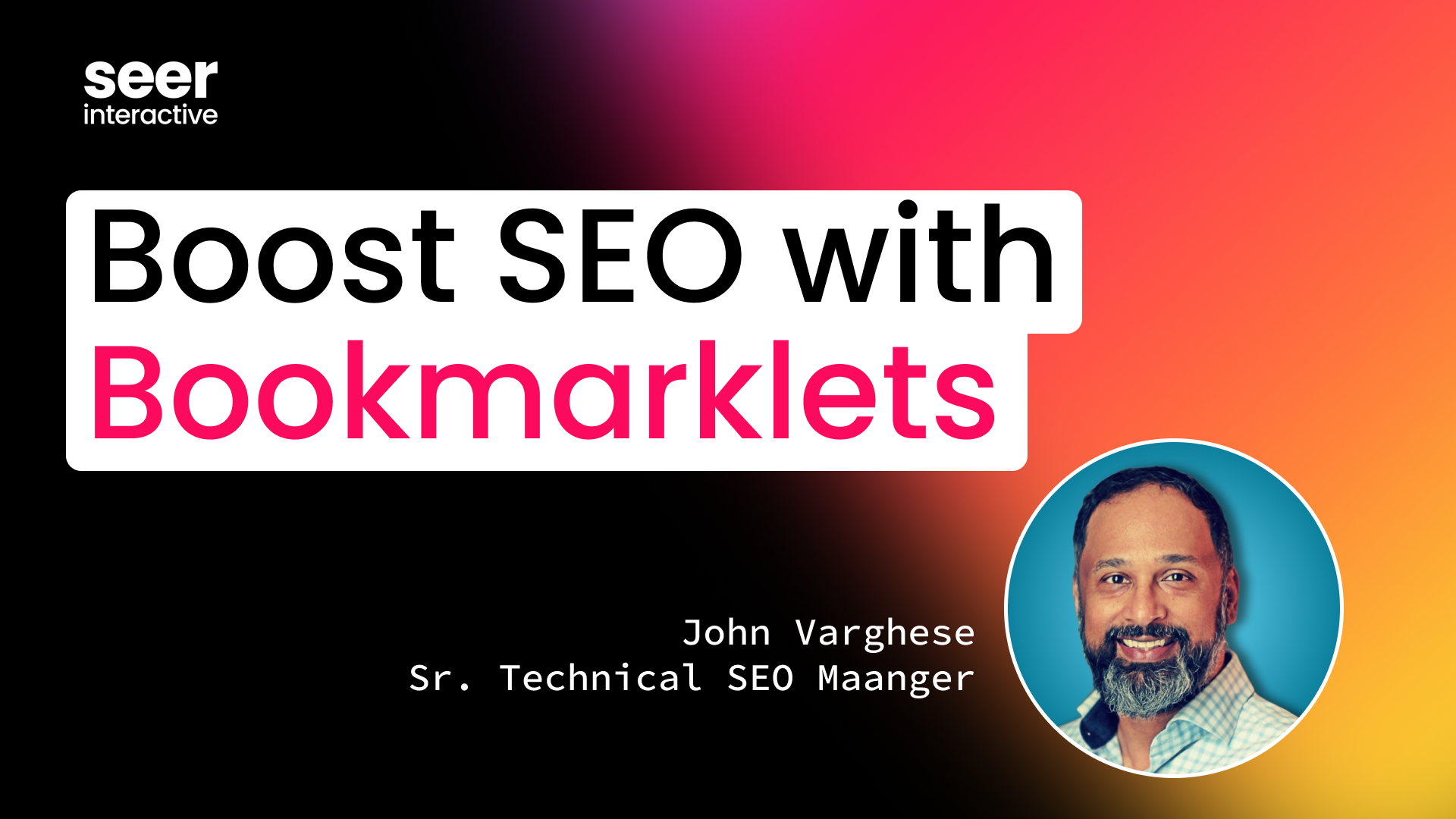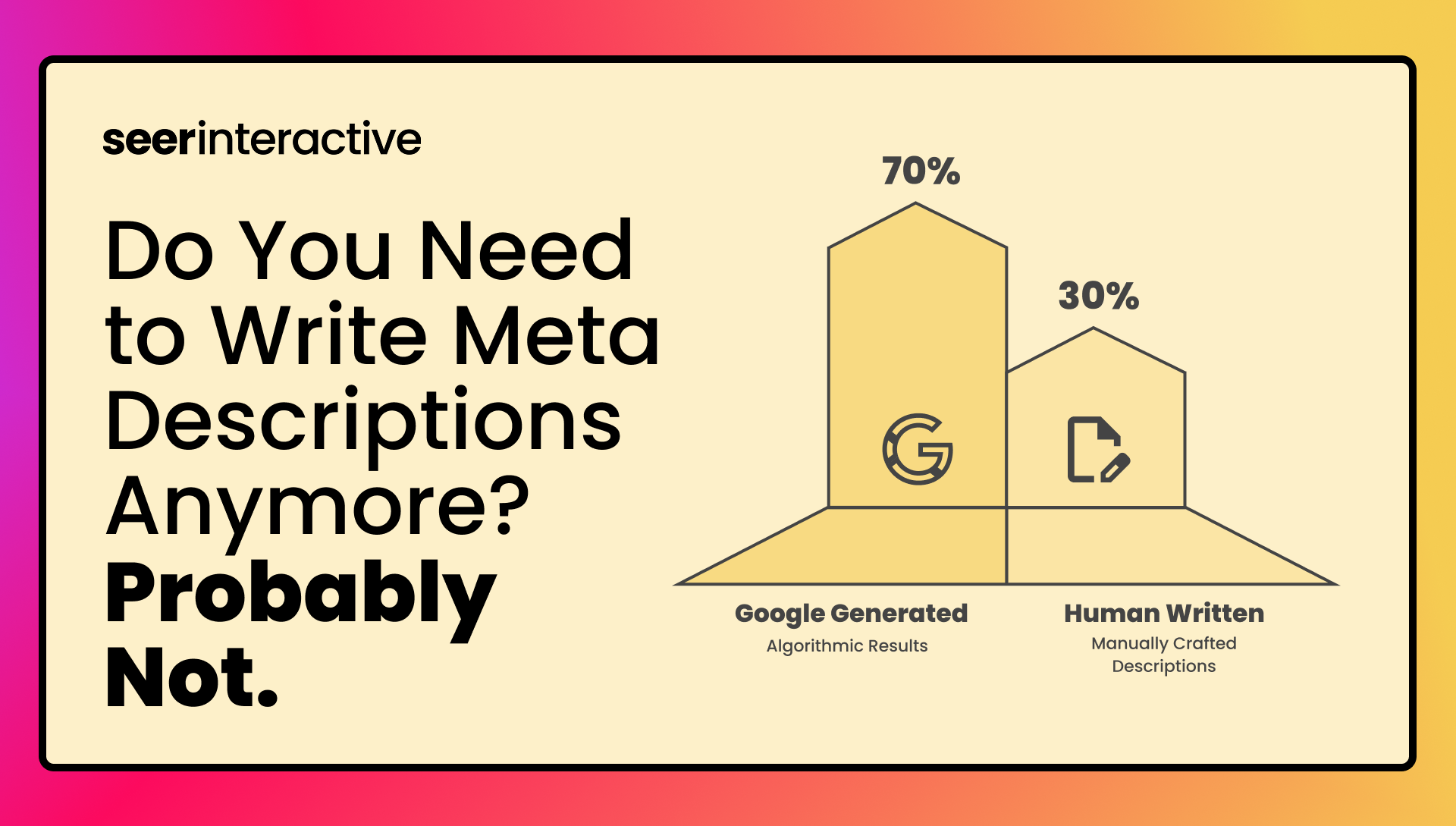What to Do After a Google Algorithm Update
Each year, Google’s search algorithm changes thousands of times. The SERPs are consistently shifting and your site’s performance can fluctuate.
A handful of times per year, Google rolls out larger updates, often referred to as “broad core algorithm updates” (that is, until a cool nickname is given like Panda or Penguin). These updates are larger and tend to impact sites across a variety of industries. For example, back in January 2020, there was the Featured Snippet update that impacted any site that owns a rich snippet.
Whenever there’s an update of any capacity, it’s important to have a plan of action. It’s imperative that you understand the steps to diagnose whether or not your site has been affected, and come up with a strategy to either mitigate losses or capitalize on gains. Here’s a simple 3-step process you can follow the next time there’s an update.
 Step #1: Monitor Important Metrics
Step #1: Monitor Important Metrics
Maybe you found out about a recent algorithm update through the Google Search Liason Twitter. What’s next? You’ll want to first check your site’s performance to see if you’ve been affected.
Remember! Rome wasn’t built in a day. Google Algorithm Updates could take up to two weeks to fully roll out, so if you aren’t seeing fluctuations right away, be mindful to be patient and keep a pulse on performance over that time.
When monitoring impact, think about the timeframe through which you look at the data. You could observe rankings compared year-over-year, but that wouldn’t necessarily account for the work that was put into optimizations over the previous 12 months. You could (more commonly) look at the data two weeks after the update compared to the previous period, but you should consider seasonality in that analysis.
Wondering how to diagnose a decline in organic search performance? Here are a few tools you can leverage to track performance and what they’re commonly known for:
- Google Search Console (rankings, impressions, and clicks)
- Google Analytics (sessions and conversions)
- Ahrefs (rankings and backlinks)
- SEMRush (rankings and SERP features)
- STAT (rankings, SERP features, and ranking distribution)
 Step #2: Reevaluate Your Strategy
Step #2: Reevaluate Your Strategy
Things can get pretty hectic after an algorithm update, but it’s important to remember that all updates are made with the user top of mind. You may have improved rankings, dropped in visibility, maybe even you lost all of the answer boxes you once owned. Whatever the case, you may want to shift your focus and strategy to better support your audience.
Consider three things about your strategy if you’re impacted by an update:
- Take a look at the themes in which your keyword visibility changed. This will help guide you through the areas where you should focus. Understand that some updates will impact you more than others. For example, the June 2019 diversity update impacted sites that had multiple pages ranking in SERPs, which led to one of my clients shifting strategy towards longform guide content as opposed to multiple short pages around the same entity.
- Evaluate whether or not these themes support your overall business goals. If they don’t then don’t sweat it. If your “money” areas were impacted, then you should double down on content that supports every stage of the funnel. By ensuring that you’re supporting your audience through every step of their journey, you’ll improve the contextual relevance of those entities and help your target users along the way - a win-win!
- Understand when organic might not be the “winning” channel in a specific area for your business. Yep, I said it: organic isn’t always the #1 answer! For example, when one of my FinTech clients wanted to rank for “best personal loan”, we determined that in addition to organic, they should invest resources into the affiliate and referral channels to support goals.
 Step #3: Continue Creating Good Content
Step #3: Continue Creating Good Content
In reality, there is no way to fully prepare for an algorithm update. Google has said it once (and will say it again), that they “suggest focusing on ensuring you’re offering the best content you can”. When thinking about what type of content to create, ask yourself a few things:
- Who is the intended audience for my website?
- What are they hoping to find if they visit the site?
- What are some of the factors that impact their purchase decision?
- What supporting content could be helpful for them to know?
- What do they need to see at the top, middle, and bottom stage of their search?
- What on my website could frustrate the user and force them to leave?
No matter what, remember to always keep your users top of mind. If you’re honestly making strategic decisions that will ultimately benefit your target audience, you’re doing SEO right. And for that, you will be rewarded.
Are you looking to clean up after an algorithm update? Maybe you’re looking for ways to better support your target audience?
Let’s chat. We offer premier SEO services to help you reach your goals.


